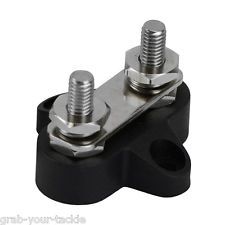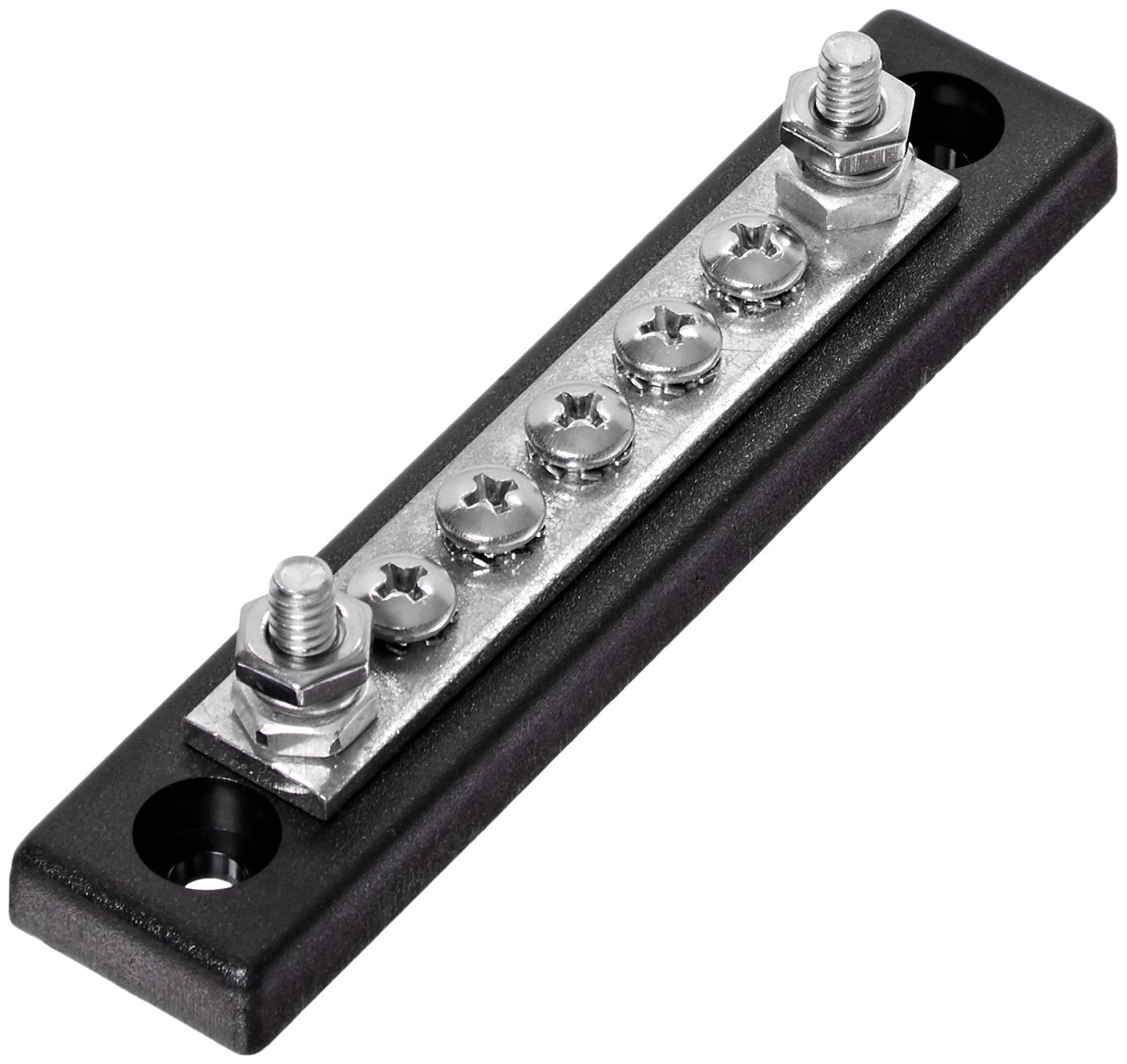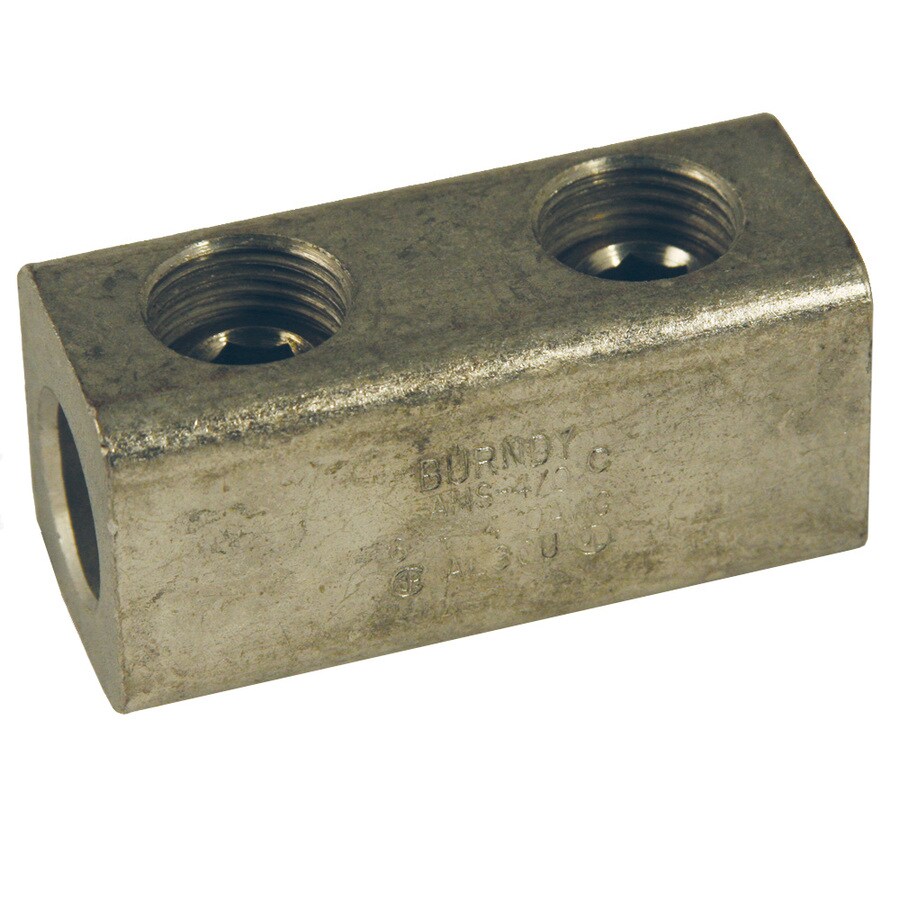I have been a loooooong time stalker of this site and have had nothing to contribute or add to conversations given my very limited knowledge. Love this site and am grateful for any feedback i can get. You guys have greatly inspired my 14 foot jon boat that is still in the somewhat beginning stages. Your builds are beyond incredible and i have tried to steal as many of your ideas as possible! So i had a few questions on wiring my boat. After a very long day of looking on the internet and being almost more confused than when i started, i have a few questions.
1. My 55 lb minnkota trolling motor (60 amp recommended) comes with the 3 foot 10 gauge wires for a 12 volt system. Problem i have is that my batteries will probably have to be in the back of the boat and given the distance (10 to 12 feet so 20 to 24 feet circuit), Minnkota recommends i might need to go 6 gauge or even 4 gauge for the long run. So, how (without soldering since i am just gonna stay with crimping!) do i connect the 4 gauge to the trolling motor receptacle that is 10 gauge?
2. One suggestion i saw was finding 2 terminal ends with the same size circle for the 10 gauge and 4 gauge, then get a screw and nut (stainless steel?) and just tighten the two and then tape all around. Another idea was to use a split bolt. Do these ideas seem like a good idea? If so, would i add a fuse to the thinner wire side (10 gauge side) or the thicker side (4 gauge)?
3. My system will be a 12 volt system with 2 batteries. I will have a 4 position selector switch so only one battery is in operation at all times and when it dies, i will just switch over to the new battery. I will have a bilge, aerator, depth finder, to add to my system (i eventually will add more). My loaded question is, where should i consider adding fuses and bus bars in my set up? It is difficult since many to most diagrams i see involve a starter battery and 12 different electronic devices and new words/devices that nobody knows, which make everything infinitely more convoluted for my pea brain.
Thanks for the help!
Troy
1. My 55 lb minnkota trolling motor (60 amp recommended) comes with the 3 foot 10 gauge wires for a 12 volt system. Problem i have is that my batteries will probably have to be in the back of the boat and given the distance (10 to 12 feet so 20 to 24 feet circuit), Minnkota recommends i might need to go 6 gauge or even 4 gauge for the long run. So, how (without soldering since i am just gonna stay with crimping!) do i connect the 4 gauge to the trolling motor receptacle that is 10 gauge?
2. One suggestion i saw was finding 2 terminal ends with the same size circle for the 10 gauge and 4 gauge, then get a screw and nut (stainless steel?) and just tighten the two and then tape all around. Another idea was to use a split bolt. Do these ideas seem like a good idea? If so, would i add a fuse to the thinner wire side (10 gauge side) or the thicker side (4 gauge)?
3. My system will be a 12 volt system with 2 batteries. I will have a 4 position selector switch so only one battery is in operation at all times and when it dies, i will just switch over to the new battery. I will have a bilge, aerator, depth finder, to add to my system (i eventually will add more). My loaded question is, where should i consider adding fuses and bus bars in my set up? It is difficult since many to most diagrams i see involve a starter battery and 12 different electronic devices and new words/devices that nobody knows, which make everything infinitely more convoluted for my pea brain.
Thanks for the help!
Troy






